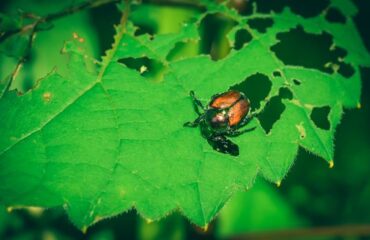🌼✨ Discover the Secret to Growing Beautiful Daisies!
Raising Daisies: Cultivation Tips
Daisies, with their vibrant colors and enduring charm, are relatively easy to grow and maintain. Here’s a comprehensive guide on raising these delightful blooms:
1. Select the Perfect Spot: Choose a location that receives ample sunlight, as daisies thrive in full sun. Ensure the area has well-draining soil to prevent waterlogging.
2. Soil Preparation: Prior to planting, prepare the soil by incorporating organic matter such as compost or well-rotted manure. This enriches the soil and provides essential nutrients for healthy growth.
3. Planting Daisies: Depending on the variety, daisies can be started from seeds or purchased as nursery-grown plants. Follow instructions on seed packets or plant labels for proper planting depth and spacing.
4. Watering: Water newly planted daisies thoroughly, keeping the soil consistently moist, especially during the establishment phase. Once established, daisies generally tolerate moderate drought conditions, but regular watering is beneficial for optimal growth and blooming.
5. Fertilization: Use a balanced fertilizer during the growing season to encourage healthy foliage and blooms. Follow the recommended dosage provided on the fertilizer packaging.
6. Deadheading and Pruning: Regular deadheading (removing spent flowers) encourages continuous blooming throughout the growing season. Pruning back leggy growth promotes a more compact and bushy appearance.
7. Winter Care: For perennial varieties, apply a layer of mulch around the base of plants in late fall to protect them during winter months, especially in colder climates.
Varieties of Daisies: Exploring Their Diversity
Now, let’s delve into the diverse world of daisies, each variety showcasing its unique charm and beauty:
- Shasta Daisy (Leucanthemum x superbum): A classic garden favorite with large white petals and yellow centers, known for its resilience and long bloom time.
- African Daisy (Osteospermum): Often seen in vibrant hues of purple, pink, and white, these daisies boast distinctive colors and thrive in sunny spots.
- English Daisy (Bellis perennis): Low-growing with petite blooms in shades of pink, red, and white, ideal for borders or edging in cooler climates.
- Gerbera Daisy (Gerbera jamesonii): Known for its vivid colors and striking appearance, these large, colorful blooms are perfect for adding a pop of brightness to gardens or as cut flowers.
- Painted Daisy (Tanacetum coccineum): Flaunts red, pink, or white daisy-like flowers, offering a splash of color and attracting pollinators to the garden.
By choosing the right varieties and following these cultivation tips, you can cultivate a stunning display of daisies in your garden, providing long-lasting blooms and adding vibrant colors to your landscape.




